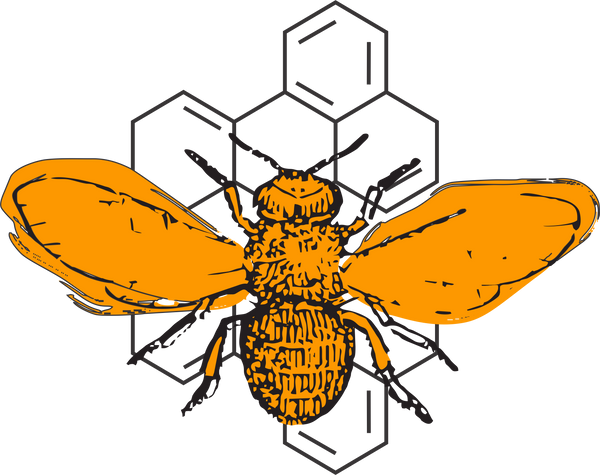Nepal is home to some of the world's most beautiful and diverse landscapes, and with this diversity comes unique flora and fauna. One of the most unusual and intriguing natural products that Nepal has to offer is mad honey. Mad honey, also known as deli bal in Turkey and grayanotoxin honey, is a type of honey made by bees that collect nectar from the flowers of Rhododendron plants. However, this honey is not like the typical honey that most of us are familiar with; it contains grayanotoxin, a neurotoxin that can cause hallucinations and even death in high doses.

Mad honey has been used for centuries in Nepal and other parts of the world for its medicinal properties, including as a treatment for high blood pressure, diabetes, and various other ailments. The honey is harvested twice a year, once in the spring and once in the fall, and the timing of the harvest can affect the level of grayanotoxin in the honey.
Grayanotoxins are a group of toxins found in certain plants, including Rhododendron species. The toxin affects the sodium channels in the cell membranes, leading to the depolarization of the cells and resulting in a range of symptoms, including dizziness, weakness, vomiting, and in severe cases, seizures and cardiac arrest. The amount of grayanotoxin in mad honey depends on the type of Rhododendron flowers used by the bees and the season in which the honey is harvested.
During the spring harvest, the Rhododendron flowers have a higher level of grayanotoxin, which means that the honey harvested during this time has a higher level of the toxin. In contrast, the fall harvest produces honey with a lower level of grayanotoxin. This difference in the level of grayanotoxin is due to the fact that the Rhododendron flowers in the spring contain more nectar, and the bees collect more of this nectar to prepare for the coming winter.

The grayanotoxin level in mad honey can vary widely depending on the type of Rhododendron flowers used and the season in which the honey is harvested. The levels can range from barely detectable to deadly, with a lethal dose estimated to be around 2 milligrams of grayanotoxin per kilogram of body weight. As such, it is important to exercise caution when consuming mad honey, and to only consume it in moderation and under the guidance of a healthcare professional.
Despite the potential dangers associated with mad honey, it remains a popular and sought-after product in Nepal and other parts of the world. Many people believe in its medicinal properties and the unique experience that comes with consuming it. However, it is essential to understand the risks associated with consuming mad honey, particularly when purchasing it from unverified sources or consuming large quantities.
In conclusion, the mad honey harvest season in Nepal is a fascinating and unique aspect of the country's natural heritage. However, it is important to understand the risks associated with consuming this honey and to exercise caution when doing so. By understanding the grayanotoxin levels in mad honey depending on the season and the source of the honey, we can enjoy this product safely and responsibly.
To buy Rare Harvest Mad Honey of 2023 Spring Buy Now

